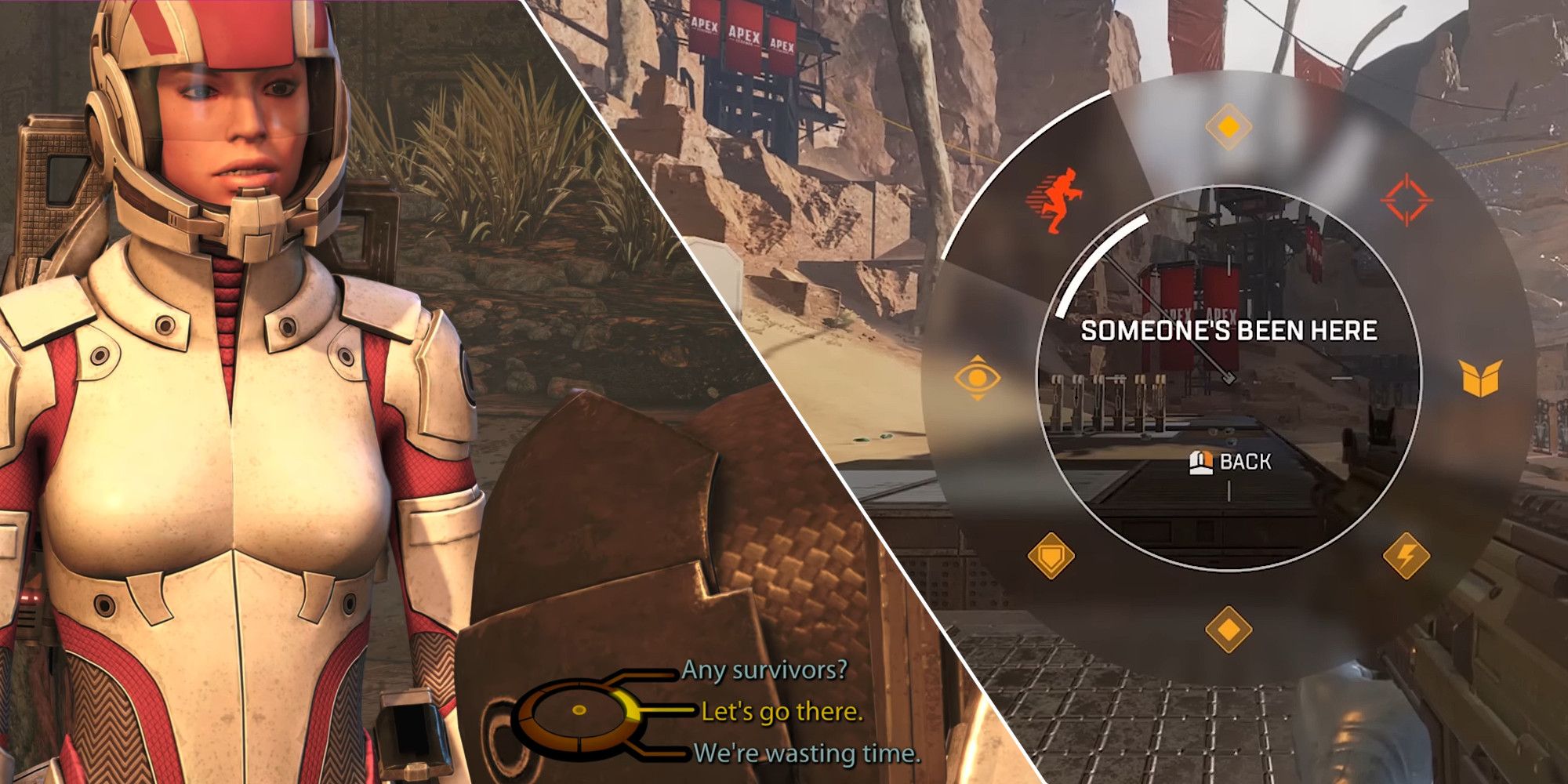
It’s fortunate that patents on video game mechanics aren’t common, as they could potentially stifle the creativity and innovation within the gaming industry. Although it’s natural to feel dismayed when someone else takes credit for a great idea, patents can impose significant restrictions on game development.
Imagine how different gaming could have been if the inventor of the first game, rather than just patenting a specific game, had managed to patent the mechanism that later evolved into an entire genre. Many of the games we cherish today might never have come to be.
Although the concept of a First-Person Shooter (FPS) game isn’t patentable at present, there are still several patents protecting specific game mechanics in circulation.
Several patents may appear as convoluted legal jargon or overly specialized that it seems impractical for others to emulate. Yet, there are inventions so remarkable that it becomes clear why their creators wish to preserve exclusivity.
10. Poké Ball Mechanics
Gotta Catch ‘Em All, Unless They’re Pals
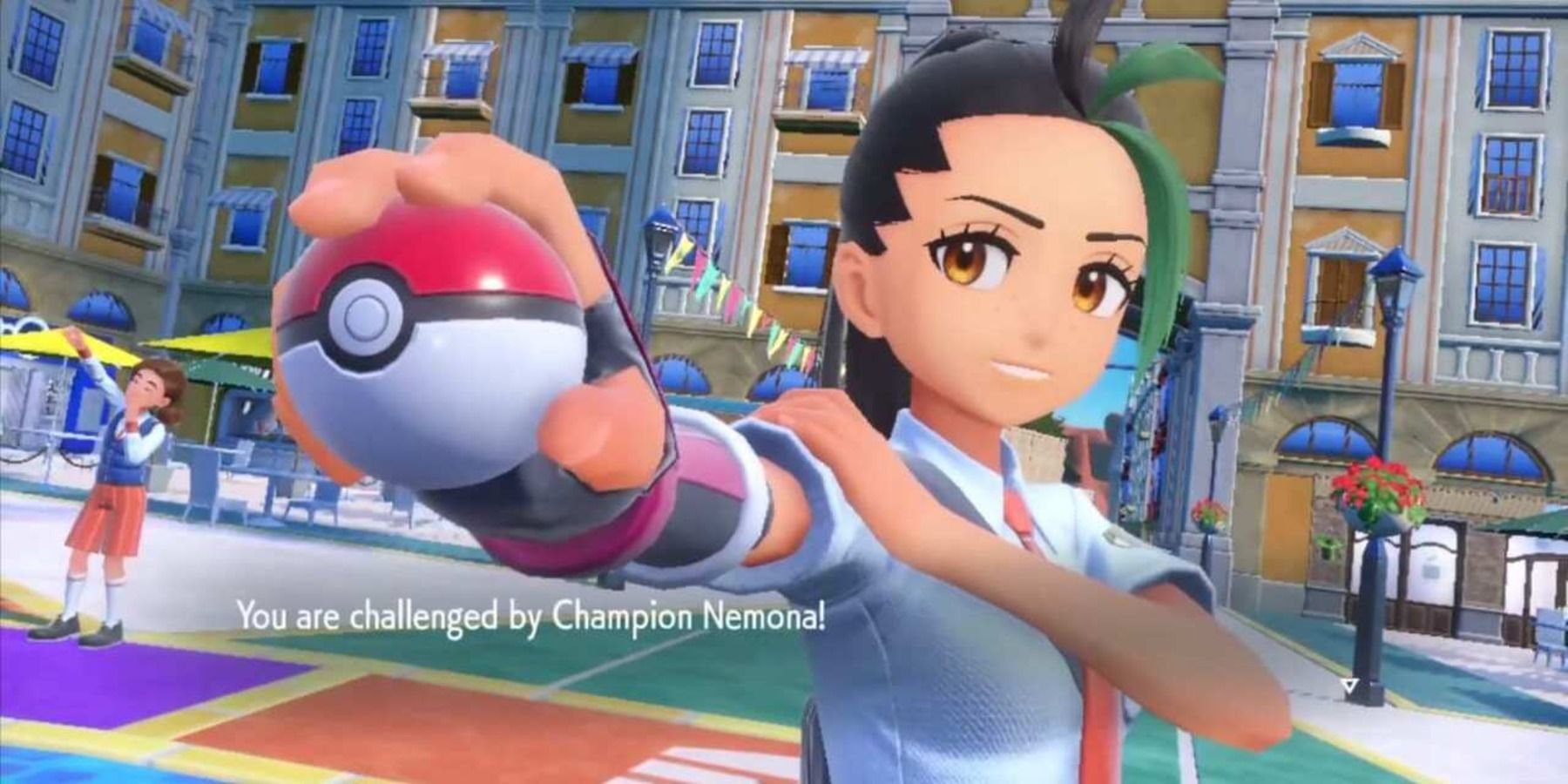
| Patent Owner | Nintendo and The Pokémon Company |
| Year Patent Expires | 2041 |
In Pokémon, the Poke Ball system offers an intriguing method for capturing and keeping wild animals, fitting seamlessly within the game’s universe. It’s a brilliant concept that resolves challenges faced by other creature-fighting games, like Monster Rancher or similar titles, in regards to taming or handling multiple creatures.
For quite some time, Pokémon has been a singular phenomenon, with its appearance limited primarily within the Pokémon realm, except in parody forms such as those seen in “Pokémon vs. Capcom” or similar jokes, rather than among genuine rivals.
Since the ’90s, I’ve been a dedicated fan of this incredible franchise called Pokémon. It wasn’t until 2021, about 25 years after its inception, that Nintendo and The Pokémon Company finally patented the iconic Poké Ball mechanism – a feature that has captivated us all since day one!
The patent has caused quite a stir, enabling Nintendo to sue the creators of Pocketpair, since Palworld incorporates the same gameplay feature. While Palworld is an excellent game not really comparable to Pokémon, it’s unfortunate that this similarity has resulted in legal action.
9. Dialogue Wheel Mechanics
You’re Just Talking In Circles
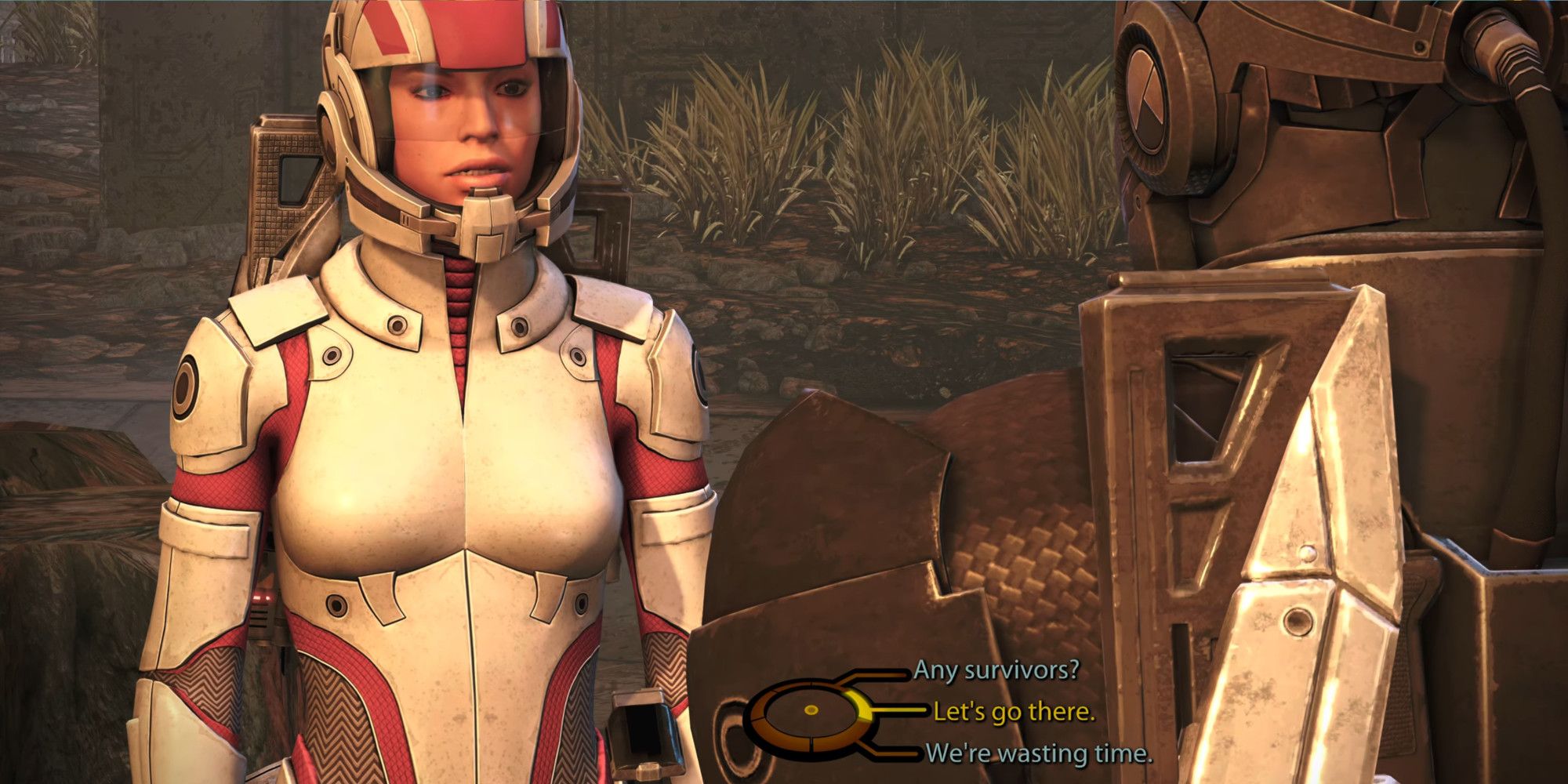
| Patent Owner | EA |
| Year Patent Expires | 2029 |
In many games, you’ll find conversation interfaces called dialogue wheels. However, the unique method this series uses to implement it is patented, meaning someone holds exclusive rights to replicate its exact design.
Ownership lies with the design of a responsive, looping graphical user interface that emphasizes dialogue options to indicate the upcoming selection. This method is incredibly intuitive for managing multiple-choice dialogues and operates exceptionally well.
Luckily for me as a fan, this patent doesn’t restrict the inclusion of dialogue options in other games entirely. In fact, there are numerous creative ways game developers can incorporate multiple dialogue choices that aren’t encompassed by this patent. For instance, Electronic Arts (EA) has continued to employ this mechanism in their titles, such as…
8. Mouse Controls For Airplanes
Dogfight or Mousefight?
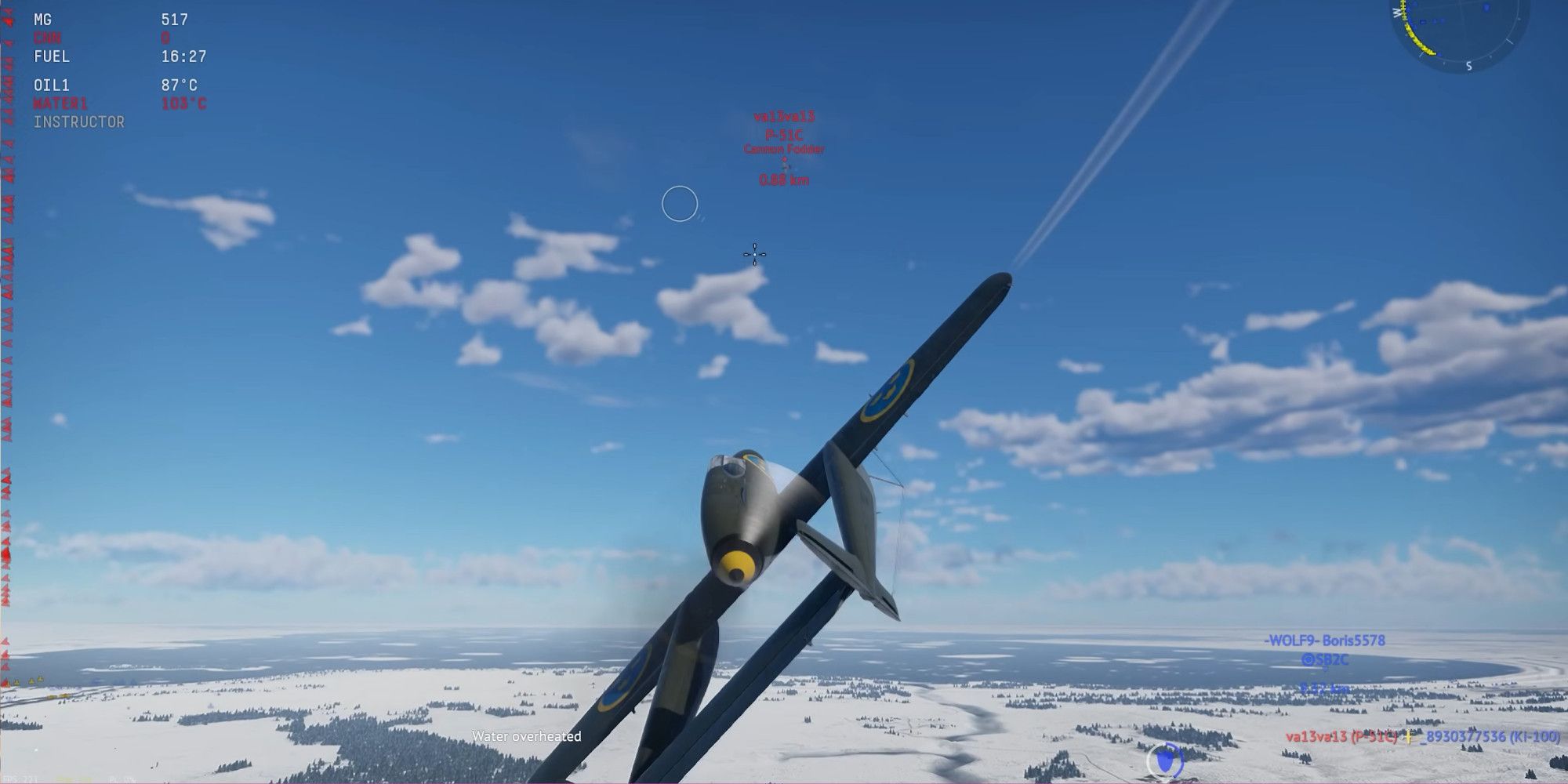
| Patent Owner | Gaijin Entertainment |
| Year Patent Expires | 2033 |
In many computer-based flying games, players usually control their planes using keyboards or additional devices such as joysticks. However, the creators of a specific game have innovatively designed a method for piloting the plane solely by using a mouse.
It delivers a silky-smooth feel, a quality unattainable through keyboards. This makes it ideal for computer gamers who lack access to a controller or joystick.
Currently, War Thunder doesn’t stand alone as the only game that allows mouse control for flying planes; many games have offered this feature beforehand, with one notable example being “FlightGear”. However, the innovative approach War Thunter took in developing this feature is distinct enough to be patented.
7. Loading Screen Minigames
Two Minutes Without A Game Is Two Too Many
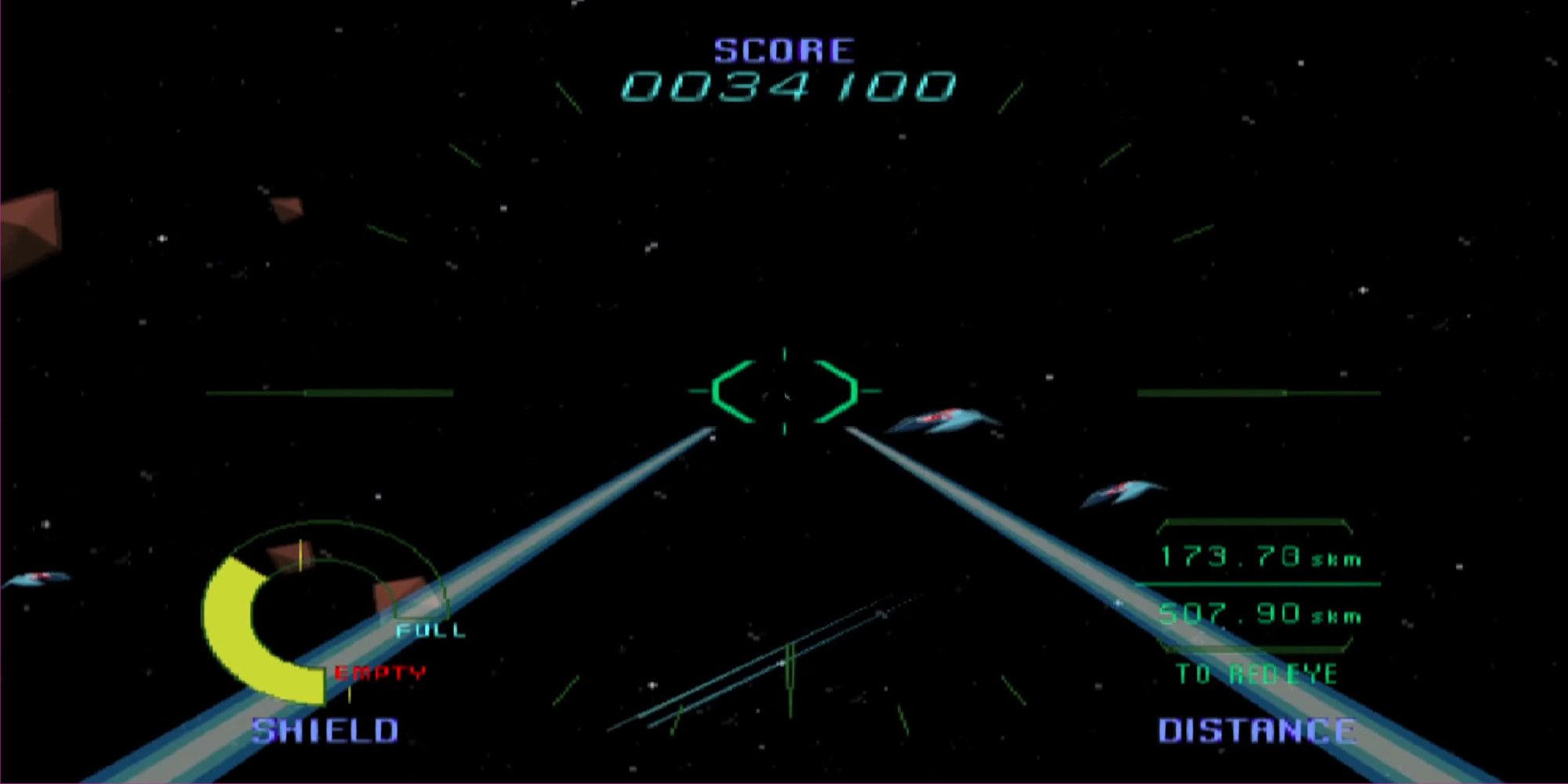
| Patent Owner | Namco |
| Year Patent Expired | 2015 |
During the early era of console gaming, it was quite frequent for developers to incorporate simpler mini-games within the loading screens as a means to keep gamers occupied while waiting.
A fantastic concept enables game creators to develop complex titles without fearing that prolonged loading periods might deter players. After all, everyone enjoys a fun mini-game!
Namco recognized the potential of this concept and secured a patent for it, thereby prohibiting other game developers from employing the same innovative idea. Consequently, while you might encounter minigames within Namco’s series, featuring “Tekken” in the introductory loading screen, competing companies were forced to settle for less engaging loading screens instead.
Fortunately, the patent for incorporating minigames into loading screens expired in 2015, making it possible for any game to do so. Nevertheless, due to the brief duration of most loading times nowadays, these mini-games may not be significant in practice.
6. Controlling A Game With A Real Guitar
How Does It Know I Played The Wrong Note?

| Patent Owner | Ubisoft |
| Year Patent Expires | 2029 |
The intricate workings of Beat Saber, a game that serves both as entertainment and an educational resource, are shielded by several patented technologies.
It’s not surprising at all, given that musical games used to be fiercely competitive among developers. Having the ability to use a real guitar in the game and then apply those skills elsewhere makes quite a difference in the gaming experience.
To tell you the truth, I can imagine the challenge of crafting a game using an unconventional controller was no walk in the park. It demanded creativity and determination to pull off something truly unique.
They almost simultaneously developed a unique device that functioned both as a controller and a guitar, suggesting that this was an area of interest for other companies as well. However, they managed to be the pioneers in achieving this innovation.
5. Active Time Battle Mechanic
Hang On, I’m Thinking!
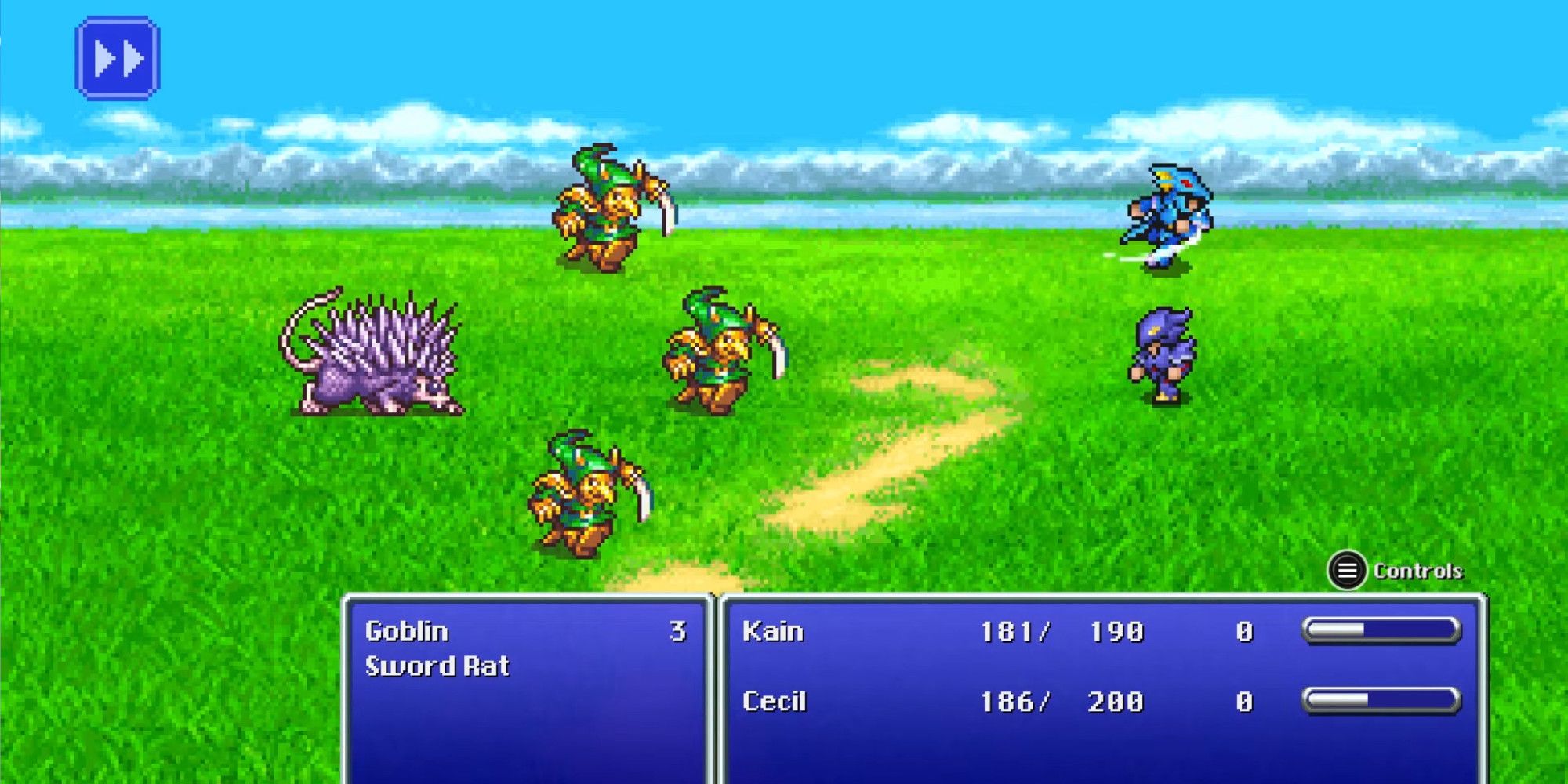
| Patent Owner | Square Enix |
| Year Patent Expired | 2012 |
The Active Time Battle system, initially featured in Final Fantasy IV (known as Final Fantasy II in North America), has significantly shaped the identity of the entire Final Fantasy series.
As a gamer, when I dive into a classic turn-based RPG like Final Fantasy, it’s all about waiting for my chance to act. Each character has their own place in line, and we move through our turns one by one. It’s a strategy game where patience often pays off, as you wait for your moment to make a move and progress in the story.
With an ATB (Automatic Turn-Based) system, characters aren’t limited by turn order; instead, they act according to a timer. This creates a more dynamic and engaging experience compared to the previous format which was purely mental, as it introduces a sense of urgency and heightened interaction.
Initially created by the developers at Square, this impressive mechanic was quickly patented and later transferred to Square Enix. Primarily utilized within the Final Fantasy franchise, it also appeared in other games developed by Square and Square Enix. The patent lapsed in 2012.
The developers at Square came up with a fantastic mechanic, which they swiftly patented before transferring it to Square Enix. This feature was predominantly employed within the Final Fantasy series but also surfaced in other games by Square and Square Enix. The patent expired in 2012.
4. Simulating A Rock Band
The Best Band In The Living Room
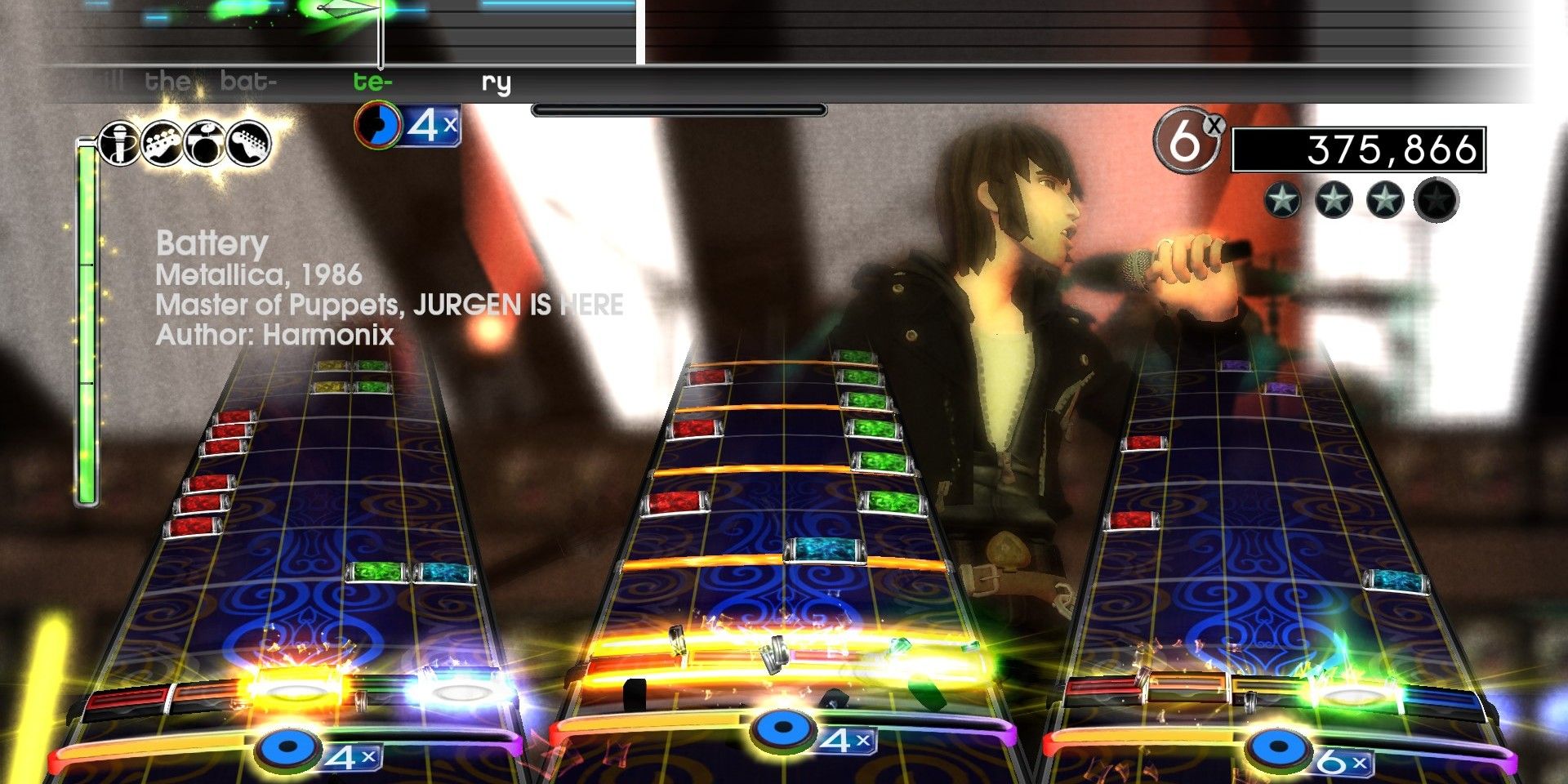
| Patent Owner | Harmonix |
| Year Patent Expires | 2032 |
Revamped the conventional approach of the rhythm game genre, previously ruled by keyboard-based interactions, by incorporating drums and a microphone, creating an immersive experience where playing with friends feels like being part of a real band.
In their creation of the popular series, the innovators took the precautionary step of filing multiple patents on the specific workings they employed. It’s fortunate that they did so, as unlike certain patents that are utilized to intimidate or restrict rivals, these were used for defensive purposes.
Harmonix was taken to court over their game Rock Band, with allegations that it infringed upon patents related to several older games such as DrumMania. Yet, due to the validity of Harmonix’s patents, which were considered innovative enhancements on the design, the lawsuit eventually got dismissed.
3. Ping Mechanics
“They’re Over There” Isn’t Clear Enough
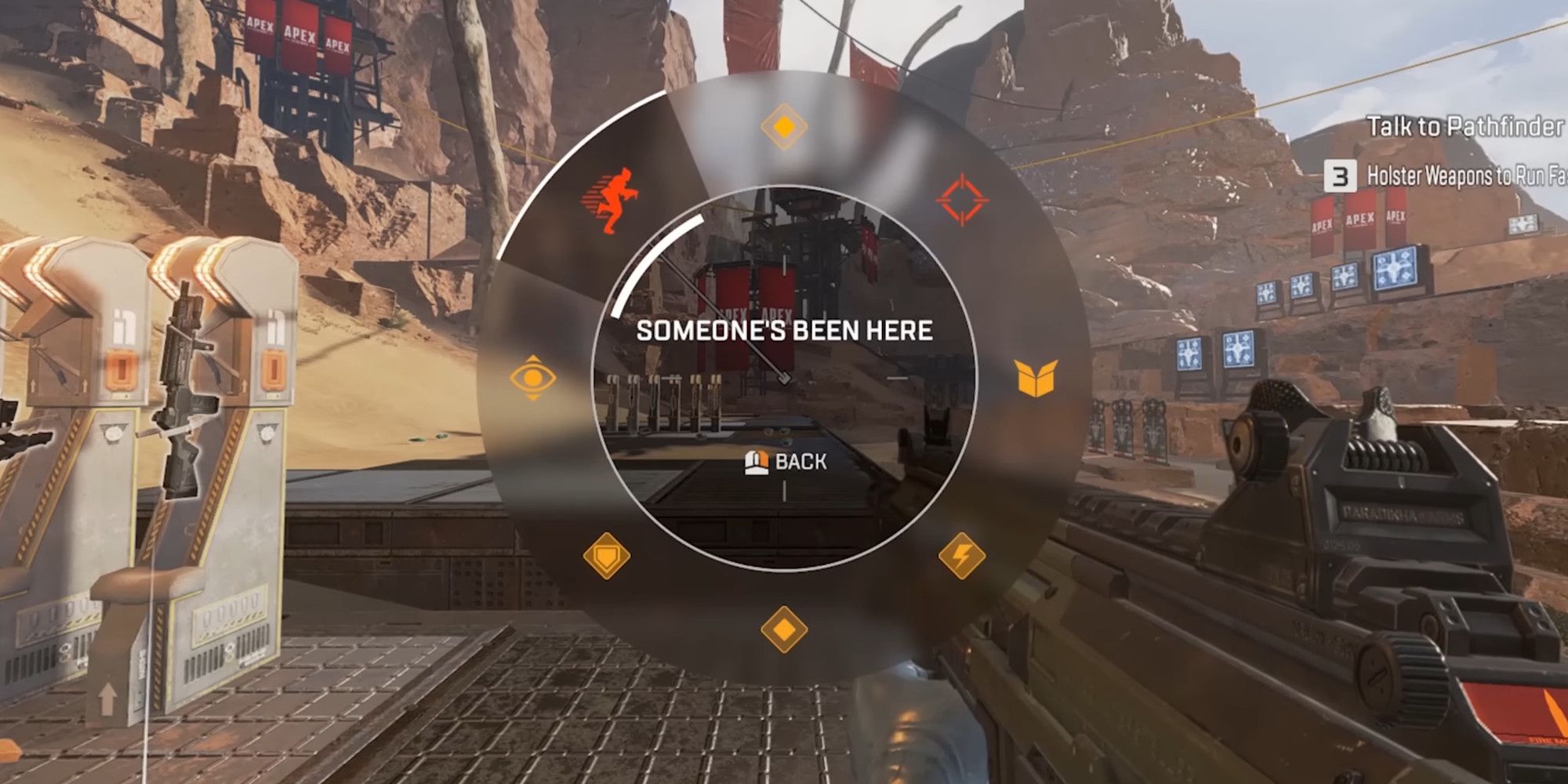
| Patent Owner | EA |
| Year Patent Expires | 2039 |
Introduced a highly intelligent and useful ‘marking’ system, enabling players to highlight spots, objects, and adversaries they’re observing, which helps their teammates identify them easily.
Ever since its introduction, this remarkable mechanic has been standard across many first-person shooter games, from the earliest titles all the way up to modern ones. Interestingly enough, this innovative feature is actually owned by Electronic Arts under patent rights.
It’s great that EA took the step of patenting this fantastic feature to ensure it remains accessible for all developers. In fact, anyone is free to employ the ping system in their creations. Importantly, no one else can patent the mechanic in an attempt to restrict its use, as we often witness with patented game mechanics.
As a devoted fan, I can only hope that Electronic Arts (EA) continues to allow us to utilize their patent. If they were to retract this permission, it would undoubtedly create a negative impact on their public image, which I sincerely hope they wish to avoid.
2. Floating Direction Arrow Mechanic
Before GPS, There Were Magical Arrows
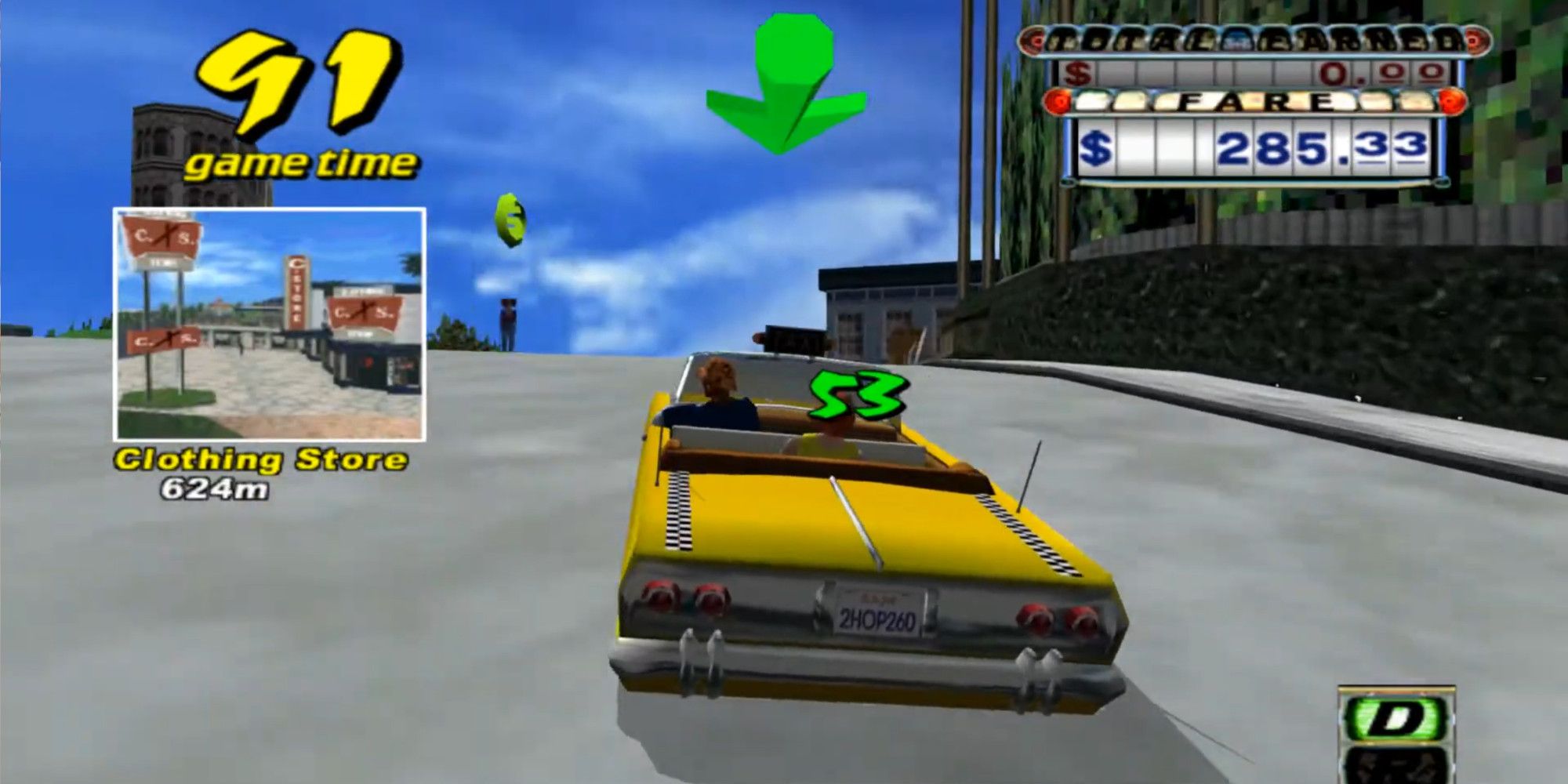
| Patent Owner | Sega |
| Year Patent Expired | 2018 |
As a dedicated gaming enthusiast, I can’t help but marvel at one of the iconic patents that significantly shaped the video game landscape: the patent on the floating directional arrow, a staple in many games I love. This ingenious design provides a subtle yet effective guidance system for players, hinting at the direction we should head without dictating an exact path.
For the game Crazy Taxi, the goal is for players to find the most efficient way to navigate their routes to minimize travel time. The concept is straightforward and accessible, but it was actually patented back in 1998.
As an ardent gaming enthusiast, I can’t help but reflect on the time when Radical Entertainment opted to incorporate a striking similarity to Crazy Taxi’s gameplay in their title, seemingly mirroring every other aspect of it. Predictably, this move sparked a legal dispute. Ever since then, the distinctive directional arrow has been conspicuously absent from many games.
1. The Nemesis System
An Army Of Archenemies
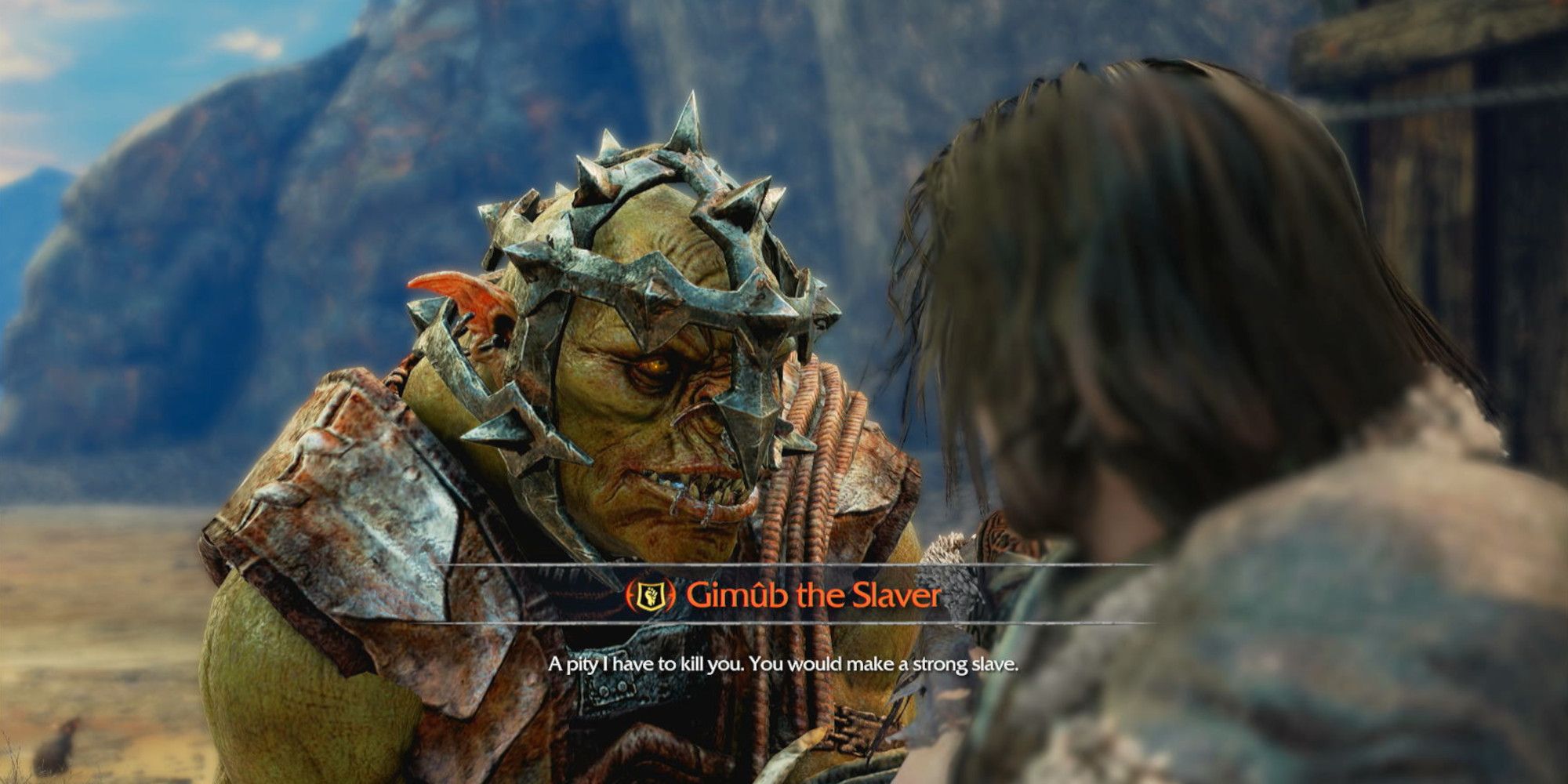
| Patent Owner | Warner Bros. |
| Year Patent Expires | 2036 |
is a great game, largely because of the complex and highly compelling Nemesis System.
In the realm of Mordor, the more powerful orcs are given unique, randomly generated names and traits that can change over time. They also have a dynamic leadership structure, and they can recall their interactions with you.
In simpler terms, the mechanic significantly enhances the complexity of the game, which explains why Warner Bros. chose to patent it. However, this unique feature has only been incorporated into another game on a single occasion.
From my gaming perspective, while this patent seems overly detailed and specific, it doesn’t seem like a direct obstacle for fellow game creators. Yet, the intricacy and complexity of implementing such a sophisticated system is something that might challenge us developers.
Read More
- Top 8 UFC 5 Perks Every Fighter Should Use
- Unlock the Magic: New Arcane Blind Box Collection from POP MART and Riot Games!
- Unlock the Best Ending in Lost Records: Bloom & Rage by Calming Autumn’s Breakdown!
- Unaware Atelier Master: New Trailer Reveals April 2025 Fantasy Adventure!
- Unlock Roslit Bay’s Bestiary: Fisch Fishing Guide
- How to Reach 80,000M in Dead Rails
- Unleash Hell: Top10 Most Demanding Bosses in The First Berserker: Khazan
- REPO: How To Fix Client Timeout
- Reverse: 1999 – Don’t Miss These Rare Character Banners and Future Upcoming Updates!
- How to Unlock the Mines in Cookie Run: Kingdom
2025-02-14 17:41